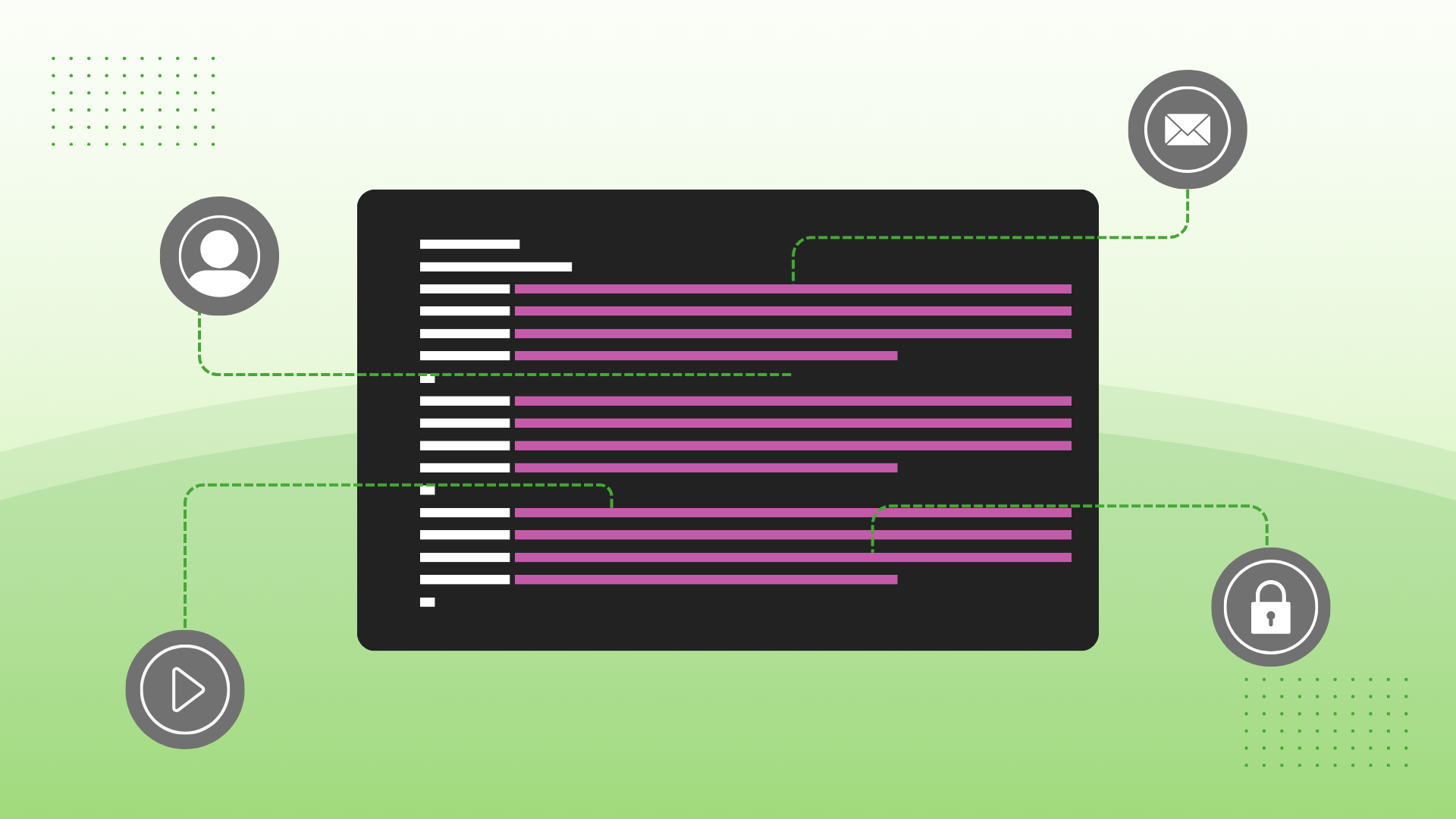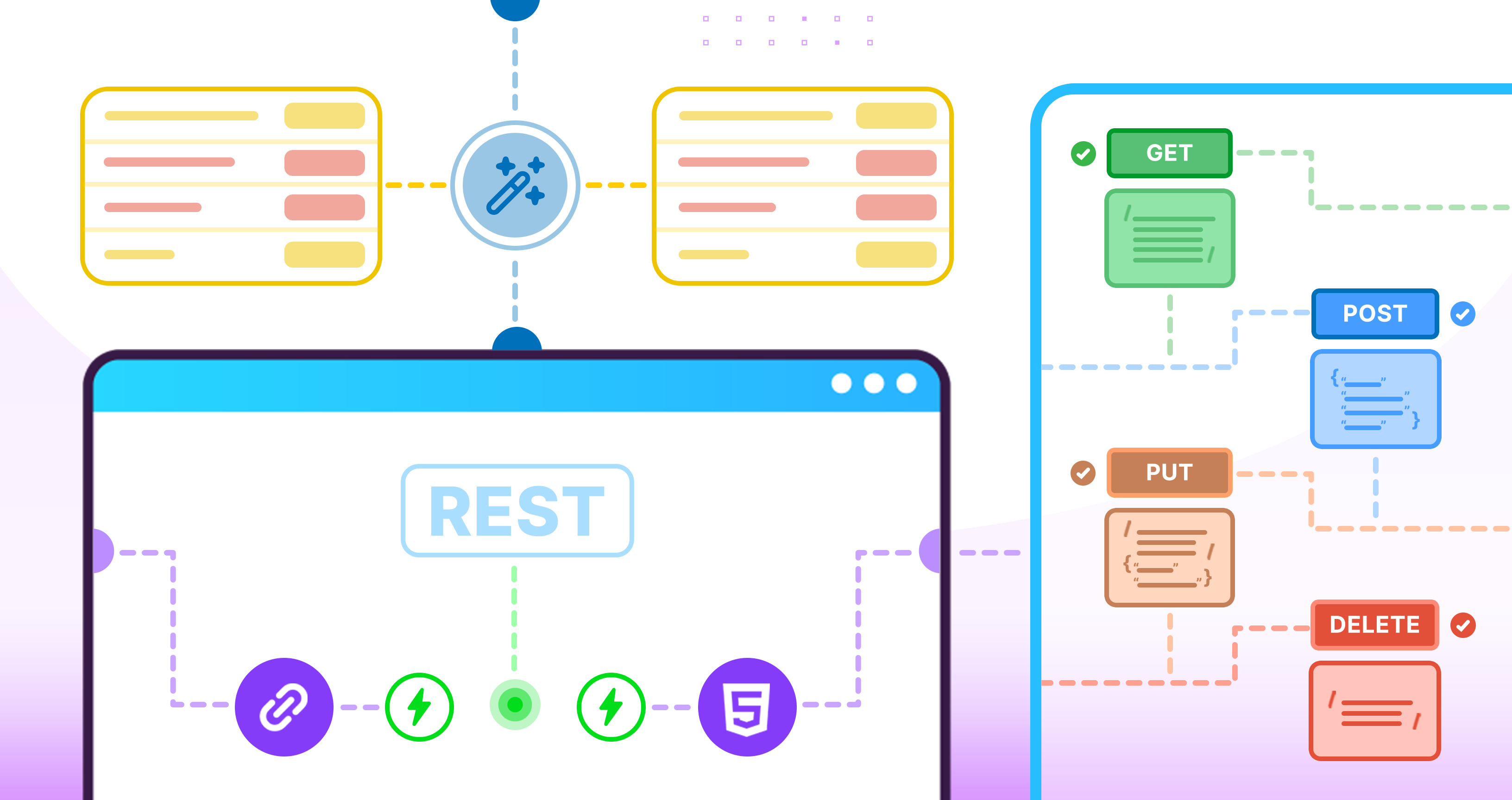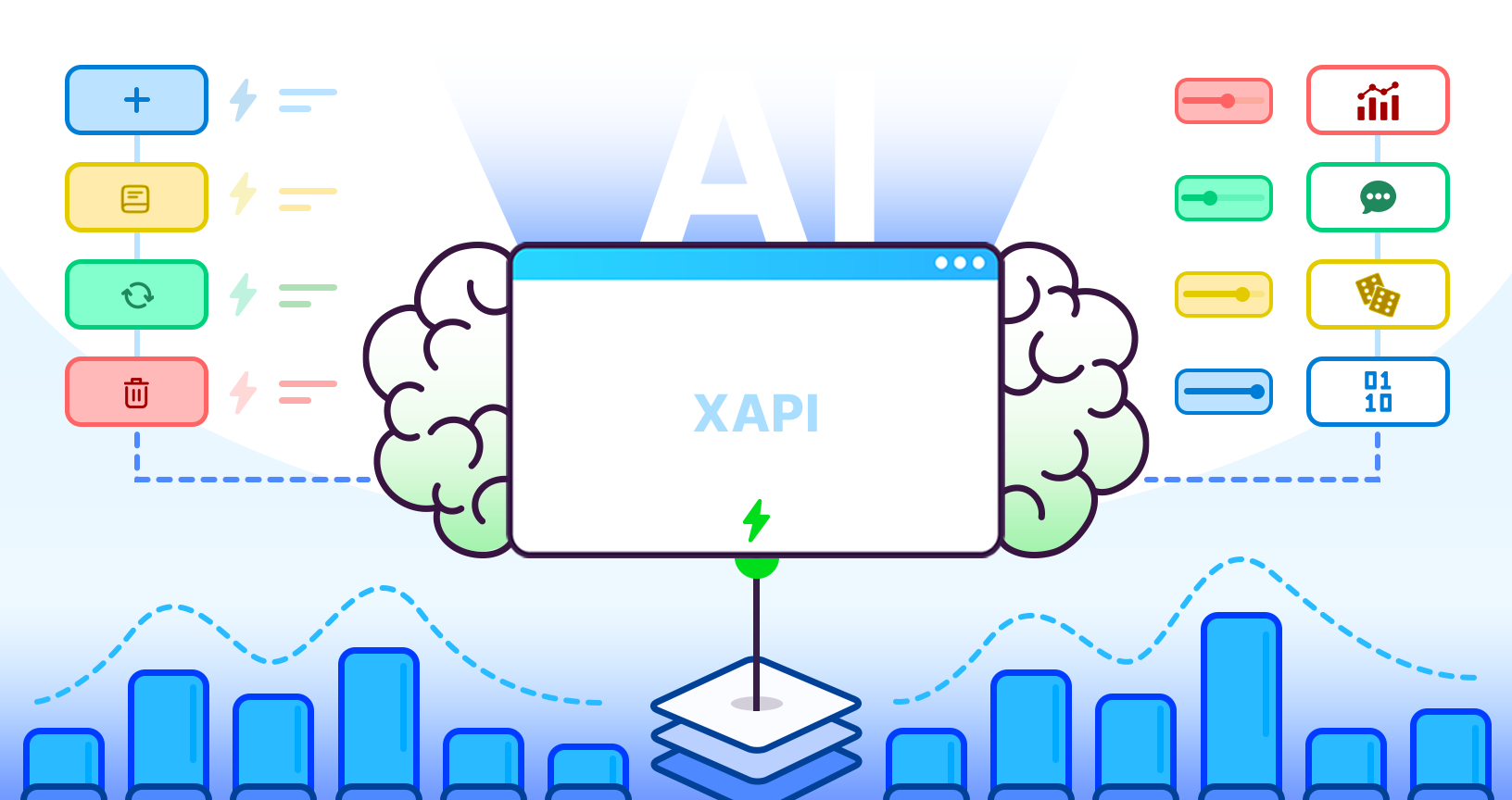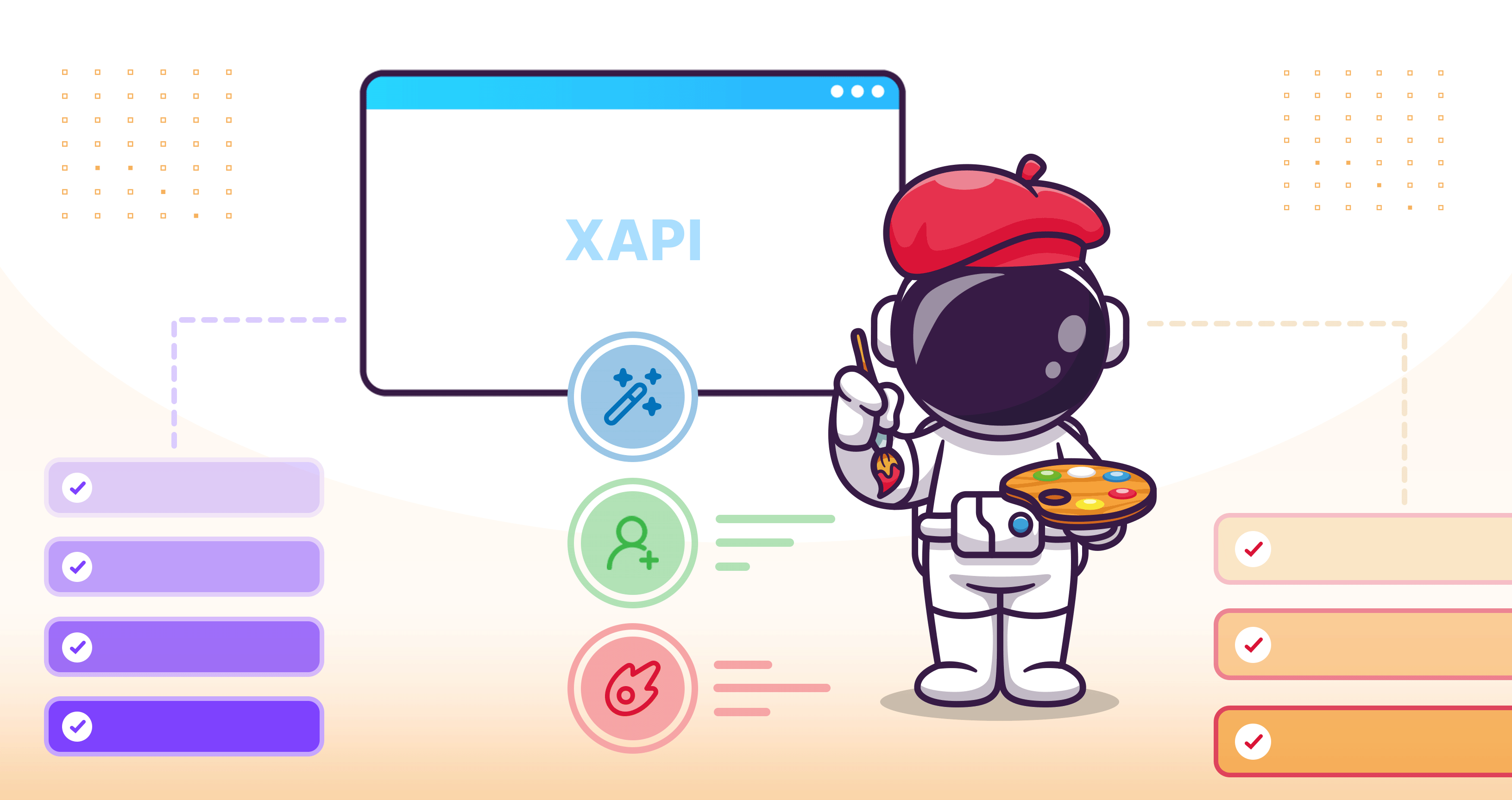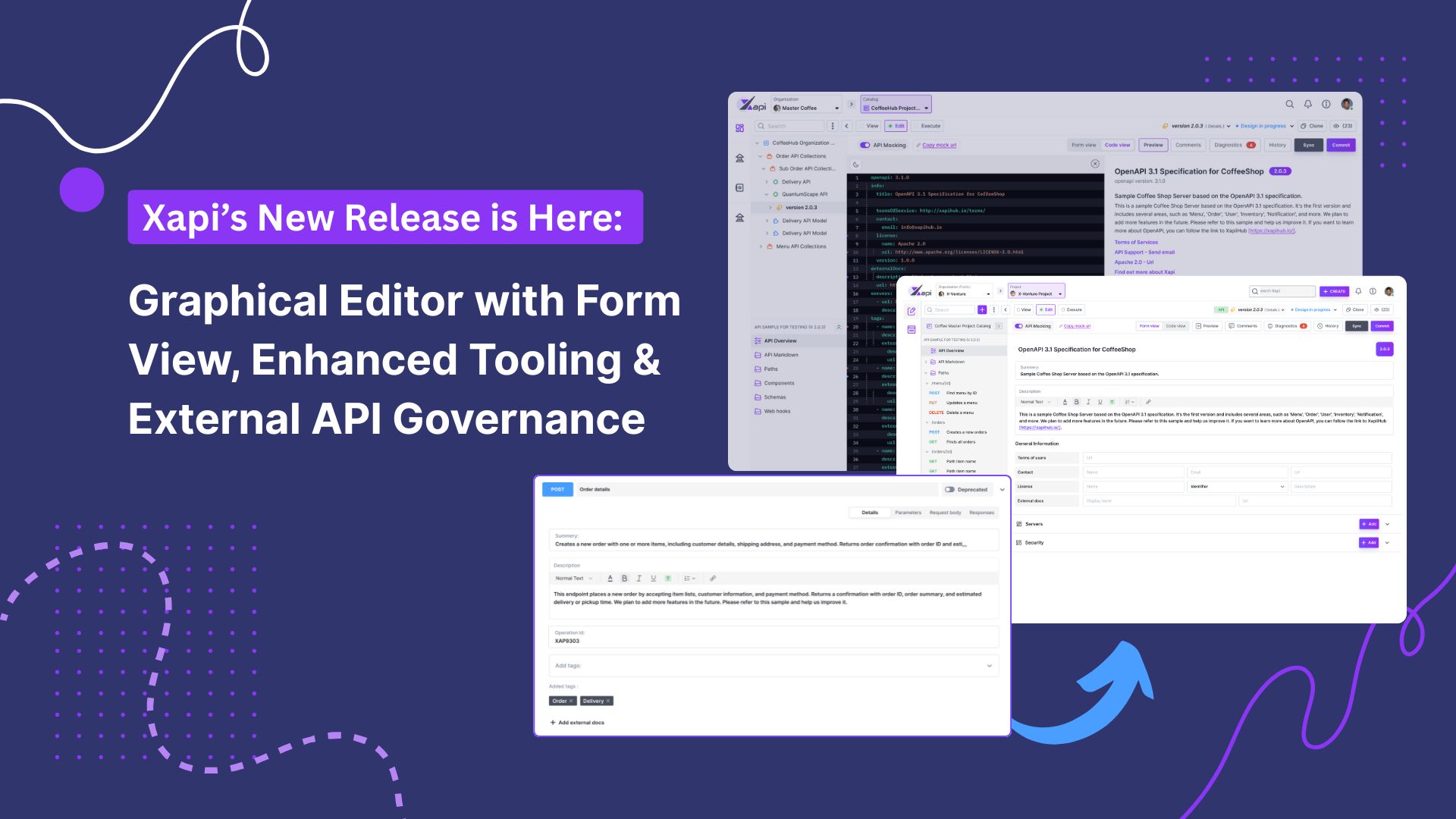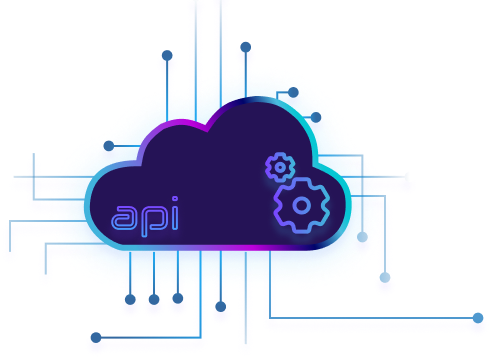Troubleshooting Common Issues with the Use of API Design Tools

SB Karunarathne
16 August,2024 •
15 mins read
Currently, we are in a world where technology has taken over most of the tasks handled by humans a couple of years ago. With the advancement of influential technologies like artificial intelligence, machine learning, IoT, 5G, AR, VR…etc, the world is passing through a huge social evolution. With these revolutionary changes, the world has become so small and it is tough to find an instance where the technology is not beneficial to fulfill the need.
Underlying all these technological evolutions is an achievement of a collaborative effort of collecting massive data, analyzing it, and making decisions. APIs have done a great job fulfilling all these tasks behind the scenes. APIs help achieve machine-machine communication through various means. We can see different APIs like REST, SOAP, gRPC, GraphQL, and many more used in multiple scenarios to fulfill communication requirements in the modern world.
With the advancement of technology, the threat against the APIs has also been increased, especially with the drastic development of computational processing power. With this, there is a possibility of being a victim of an attack from an individual or group eagerly looking forward to achieving their unprofessional expectations if the API is not properly designed and developed.
Nowadays, when the APIs are designed, the trend is to use a proper API design tool to create their APIs. API design tools provide standard ways to design APIs with the support of appropriate guidelines, commonly recognized conventions, or specifications to minimize common mistakes that could occur.
We must understand that APIs are meant to be more than just designed, developed, and used. There is a big process and value behind the scenes. In this article, we will unveil some of them and identify common mistakes or issues we make when using the API design tools.
Great API design tools provide awesome features to design and manage your APIs and we will discuss some of them and the common mistakes and errors we are making while using the API design tools. Several API design tools are available to support designing the APIs required for different needs. Most of the time, the API design tools have a public editor with basic features and a premium editor with more advanced next-level features. In this article, we will mainly discuss the features available in premium editors and how we can make sure to get the most out of them to design high-quality APIs.
Designing APIs
The first task of the API design process is identifying the API requirements. While doing this, the most common API design issue we do here is we need to identify the reusable components of an API and place them accordingly in a reusable manner. For example, if we design a REST API and the API design tools comply with Open API Specification, the specification encourages and facilitates keeping the reusable components separately and referring them as needed. So we must move them to a reusable component in the same API or we can maintain them separately in a separate model file and refer them as remote references. The main advantage of using a separate model file rather than having it all in a single file is to have reusable components as multiple APIs can refer to these models. Another advantage of having separate API model files is the API model itself can evolve independently.
API Versioning
If you use a proper API design tool, they will support your API to do the versioning. With this feature, you can manage multiple versions of the same API with different content. In the real world, we must maintain various versions of the same API to support multiple devices and systems. If you prefer to possess the older version as they are while doing the amendments to the API, it is better to go with versioning. It is such a cool feature the design tools provide and the people do not use.
API Change management
Today, the API design is not a single man’s effort. It is a collective effort of groups of people. When multiple people engage in the design process, it is tough to manage it as there will be numerous changes to the API from various people. As a result of this, sometimes there is a possibility of things going wrong and becoming hopeless because of the contribution of multiple people with different perspectives, leading to deviating from the original expectation. With traditional conventions to recover from the situation, we will have to periodically back up the state of the API. We must apply an old state to replace the current content if something goes wrong. But this solution will not work with everything we do with such incidents. How about if the tool allows the user to save the changes and see the change history of an API? It will be life-saving for the API designers as they can review the changes and do what is necessary to recover from the situation.
Another scenario is when multiple people are working on the same API and try to merge the changes, there is a chance of conflicts among the changes. If the number of disputes is high, resolving the conflicts will be a nightmare and there is always a tendency for things to worsen. If the tool provides a feature to resolve the conflicts in the API changes, then that will be a great support for the personnel associated with the merging process and will save a lot of their valuable time.
Also, some design tools integrate different storage services to sync the API changes and save the API documentation remotely. For example, some tools provide integration with Github, Gitlab, Bitbucket…etc.
State and assignee management
Typically, when an API is designed, people work together to create the API and then the APIs will be developed and used. How about if the API is enforced to go through certain steps and pass through a quality check? Nowadays, some premium API design tools provide the facility to gracefully manage the API design lifecycle. The API will go through different stages like the design phase, and review phase with some iterations, and ultimately to deliver a high-quality API.
Team communication
When an API is designed, multiple people get engaged in the process to achieve a common goal and it is better to notify the changes made to an API for the relevant members. Also, it is better to have a medium to communicate among the relevant party like using a chat, push notifications, emails, or Jira-like documentation. Then the related parties get to know what is going on and the current state of the API. The parties involved in API design should use these features to minimize communication gaps and stay synced to the API design process.
Style Guide
The style guide provides a great experience for the users of API design tools by providing a set of built-in and customized rules to control the behavior and the content of the API documentation. The relevant parties can define a set of rules for the process and integrate them with the process to control the documentation process to match personal or organizational needs. The style guides help to maintain consistency across the APIs, enforcing best practices, improving collaboration, reducing errors, and supporting the governance of the APIs.
Documentation
Usually, the API design tools provide room for supportive documentation of the APIs within the API content using the standard comments. However, some content formats like standard JSON do not support having comments within the API documentation. Also, we have to document the API requirements in some scenarios that cannot be reported within the API documentation. In that case, it would be great to have an integrated documentation tool like Jira or additional files to document them. We can see this facility available in some of the API design tools.
Why you should design your APIs with Xapi?
Xapi is a great API design tool with an ecosystem built around it. The Xapi team has focused on the above API design issues and developed this product to handle the loopholes in the existing design tools. Xapi offers a public editor and a well-equipped premium editor to resolve most API design challenges under the hood.
Xapi editor offers the most comprehensive features that make API management much easier. The Xapi editor itself contains full support for Open API Specification. Also, it gives great support for suggestions and auto-completion. The editor also generates the diagnostics and warnings based on the content available in the API. That gives a great experience for its users to design the API better while improving the content based on the generated diagnostics.
Xapi supports creating and using API models as remote references. This increases the reusability of common components of APIs. Xapi allows the maintenance of multiple versions of an API or API model. Also, it provides the facility to create new features, improvements, and bug fixes for existing versions and integrate them without creating new versions.
Xapi premium editor provides the facility to commit to your changes often to keep them secure. Also, it allows merging bug fixes, improvements, and features into existing versions without creating new versions. All the changes you commit are available for comparison within the API. You can view the snapshot of the previous commit and compare the commits and even the versions to identify the changes made within the specific commits/versions. We can use the versioning and improvements on existing versions by using the improvements facility, feature implementations, and bug fixes for both APIs and API models.
Xapi premium editor forces the APIs to go through a design and review cycle before completing the design of an API to deliver high-quality API documentation. The designs may have to go through multiple iterations based on the API's review status to ensure the API is up to the level of the expectation for the reviewer. Xapi provides an assignee for an API to delegate the design and review processes smoothly.
Xapi premium editor contains a chat-like comment feature where API designers, reviewers, and consumers can comment on the API and all the comments will be notified to the relevant parties. Also when a change is made to an API, the personnel engaged with the API including the watch list will be notified to keep everyone informed through push notifications and emails.
Xapi editor provides the style guide facility by providing a set of built-in rules and allowing users to define customized rules per their requirements. This way the users can define their own rules to manage their desired preferences to control the behavior and content of the API documentation. By enforcing the style guide, all APIs within the organization will follow the same conventions, making them more predictable and easier to maintain, while maintaining consistency across the APIs to get a unified experience.
Xapi is equipped with Kanban board support to manage and document your API requirements and linked with the API. The status of the APIs can be managed with a Kanban ticket if the Kanban board feature is enabled for the project. The status of the Kanban ticket reflects the status of the API.
With the features mentioned earlier and many unmentioned capabilities, the Xapi plays a great role in API design. If you would love to have your look, you can sign up and start using Xapihub today.
Conclusion
With the rapid development of technology, APIs are used everywhere for communication among devices and systems. APIs should be designed properly to maintain high standards and future proof. People use API design tools to design their APIs. The API design tools provide great features for better designing and managing their APIs. It is always better to use the available features available in API design tools to smoothen the API design and review process. XAPI is a great API design tool that provides a lot of awesome features and addresses the typical needs of the process of API design and maintenance.

SB Karunarathne
Tech Lead/Team Lead at X-Venture at X-Venture



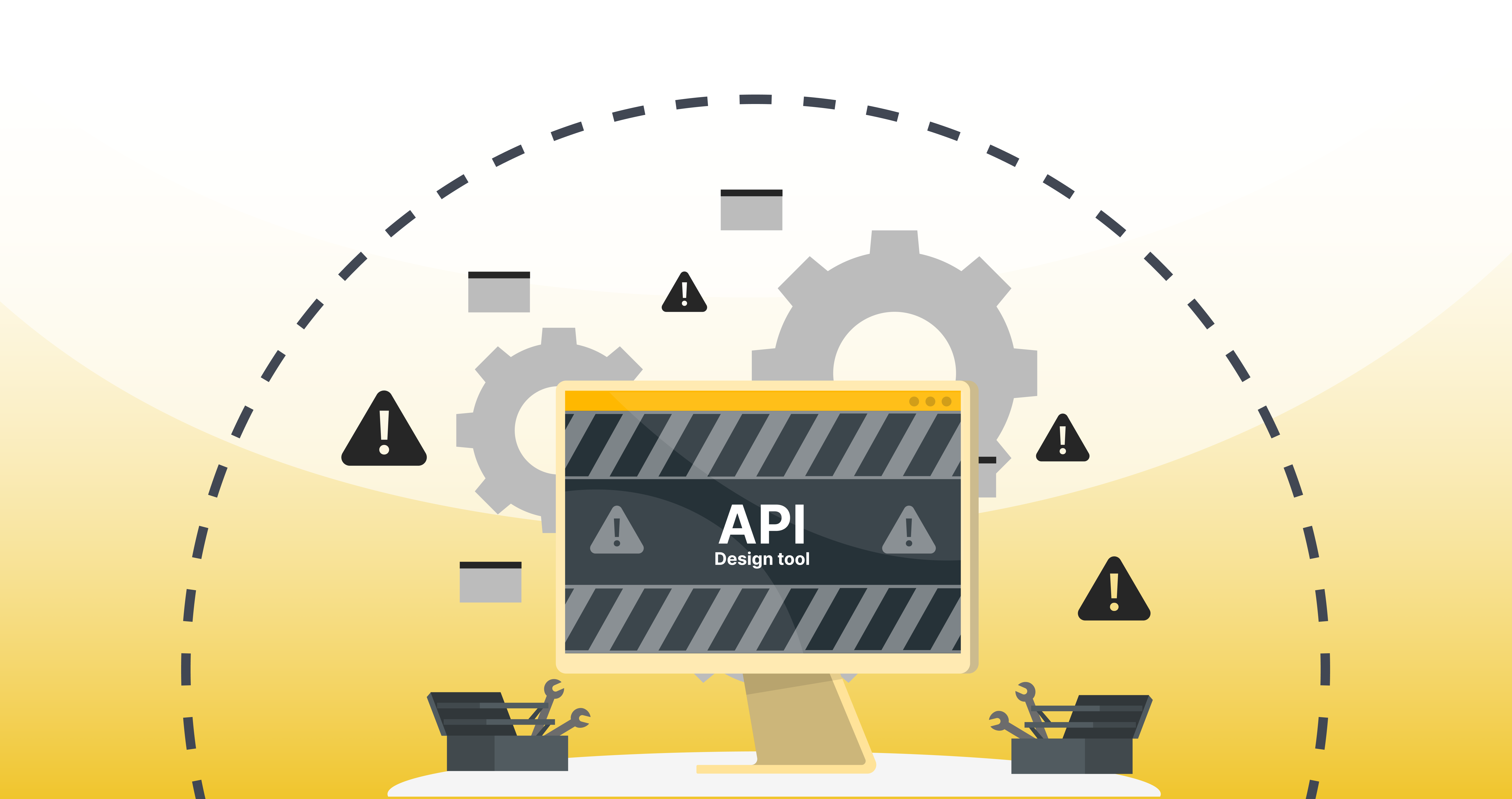

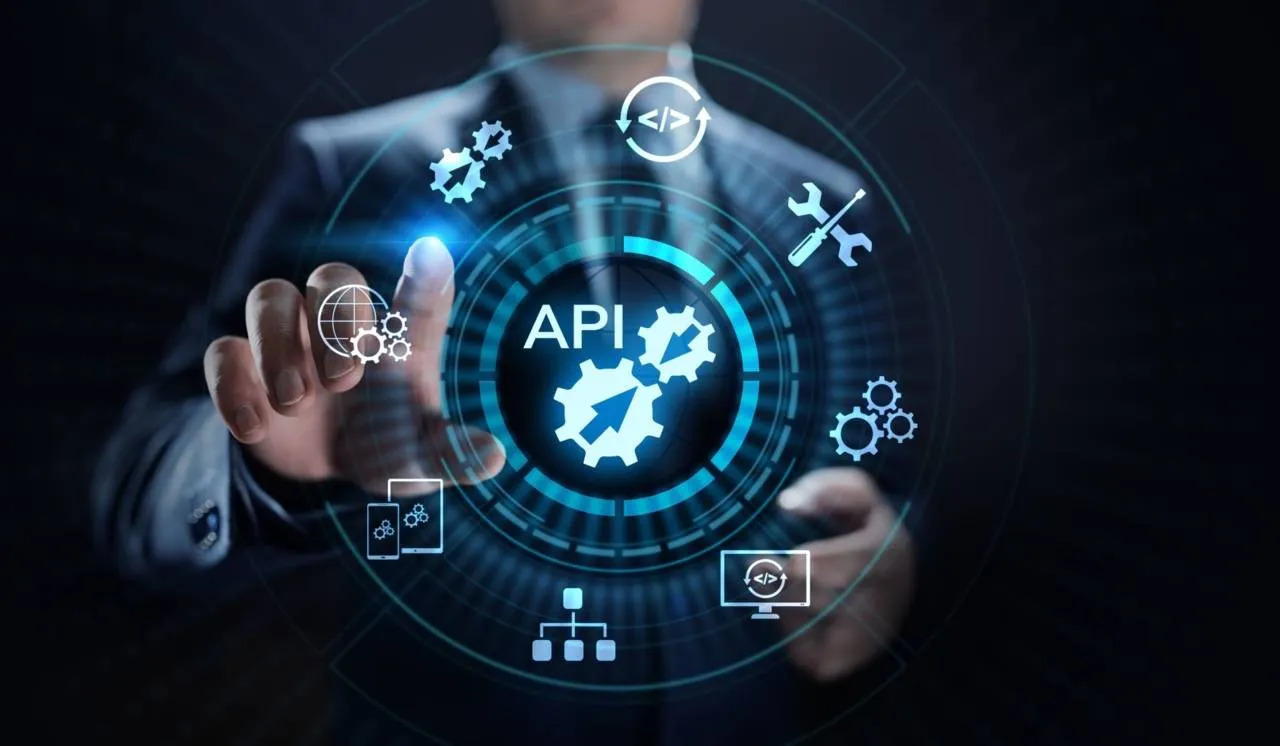

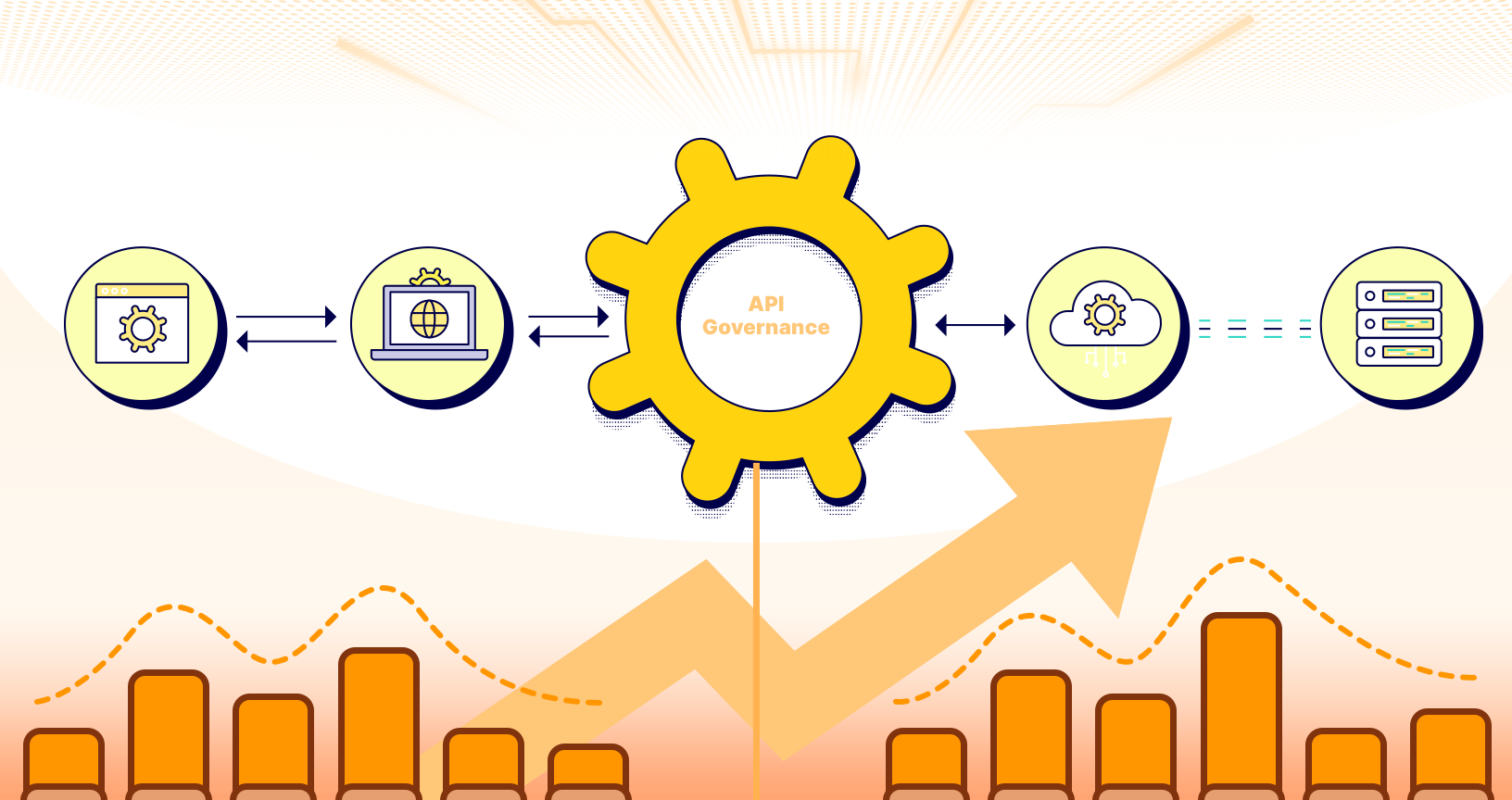
.jpg)
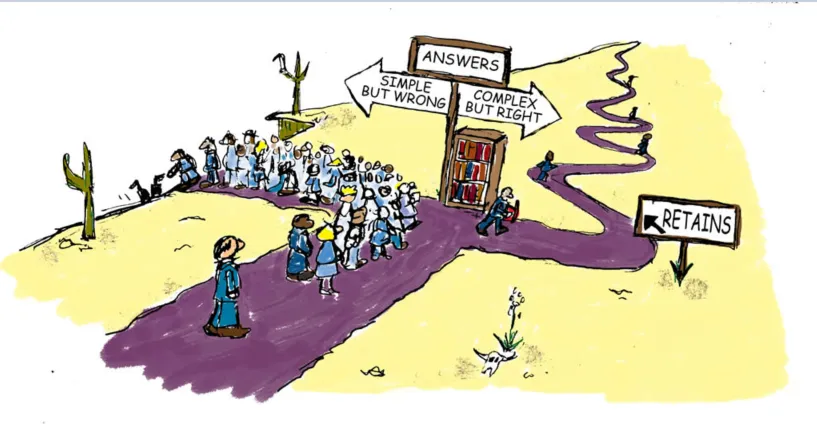
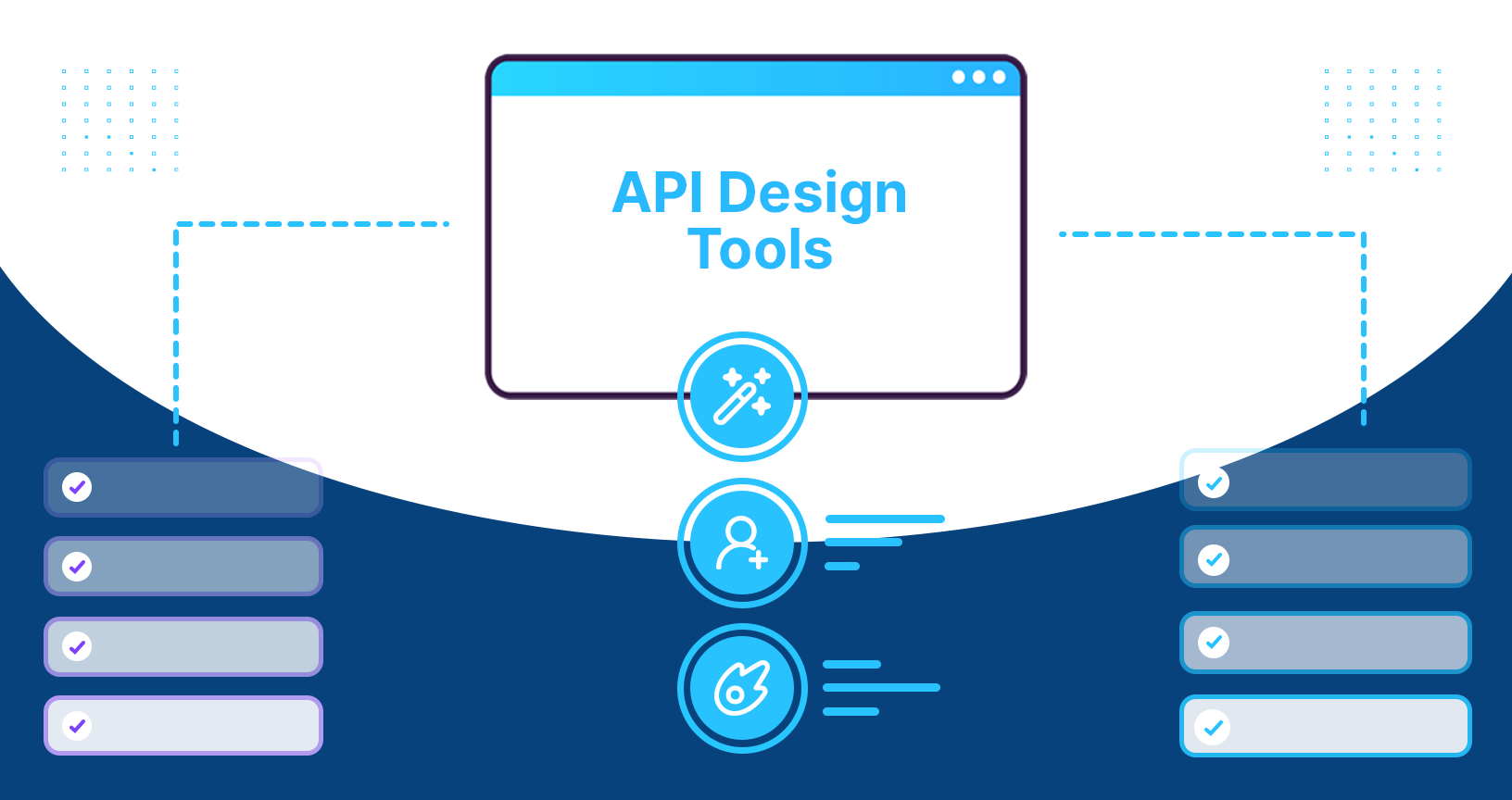

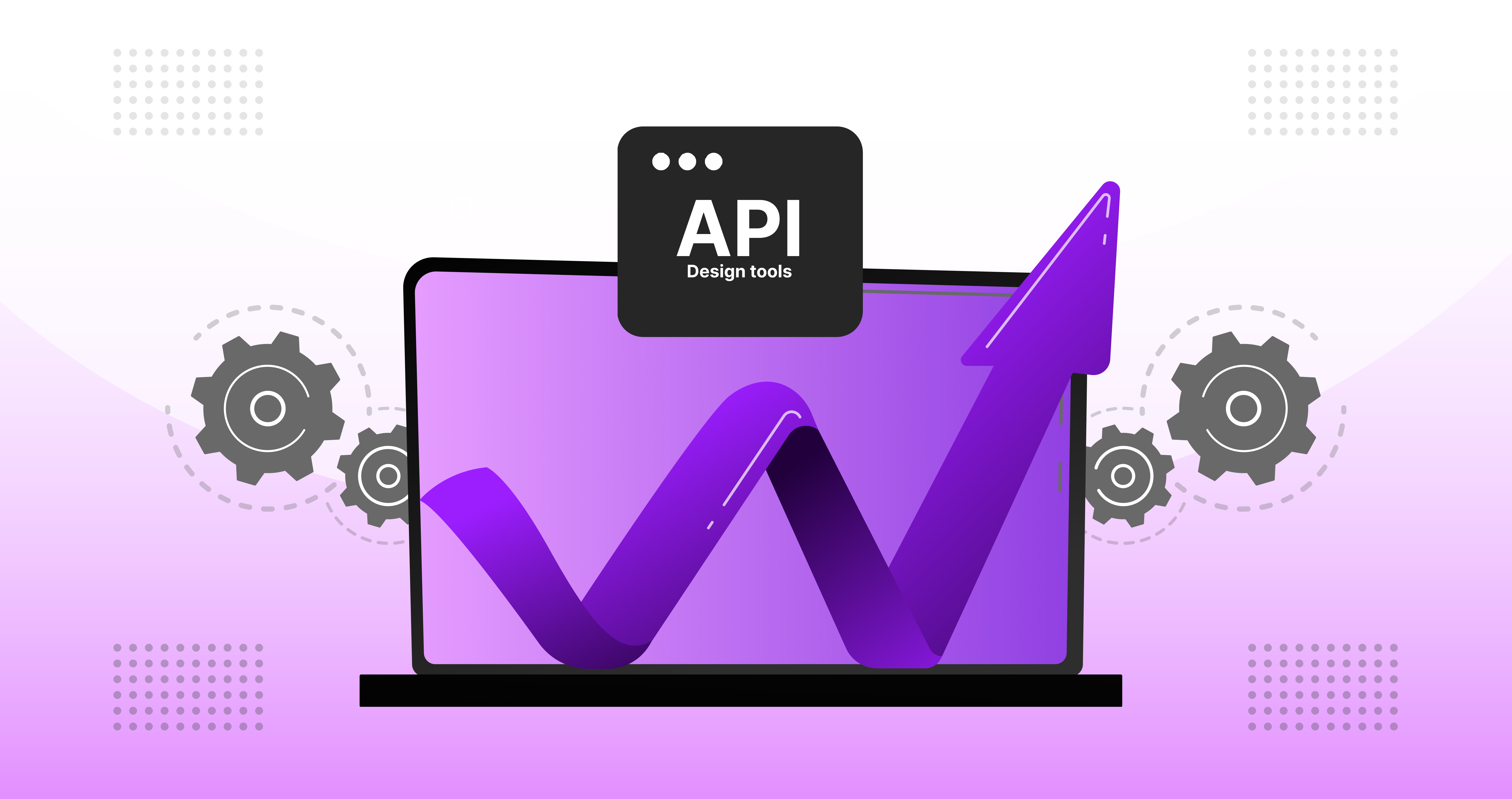

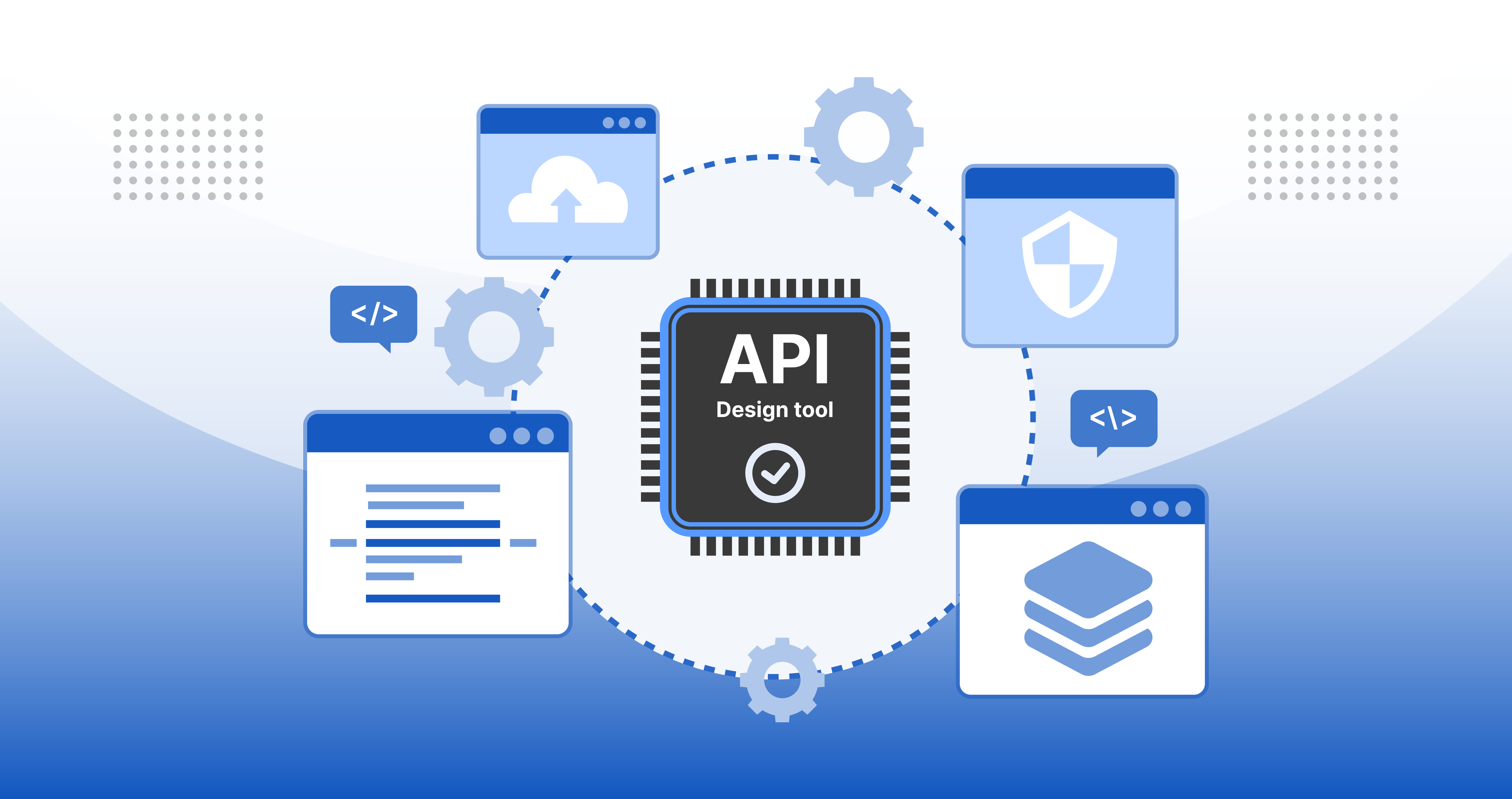

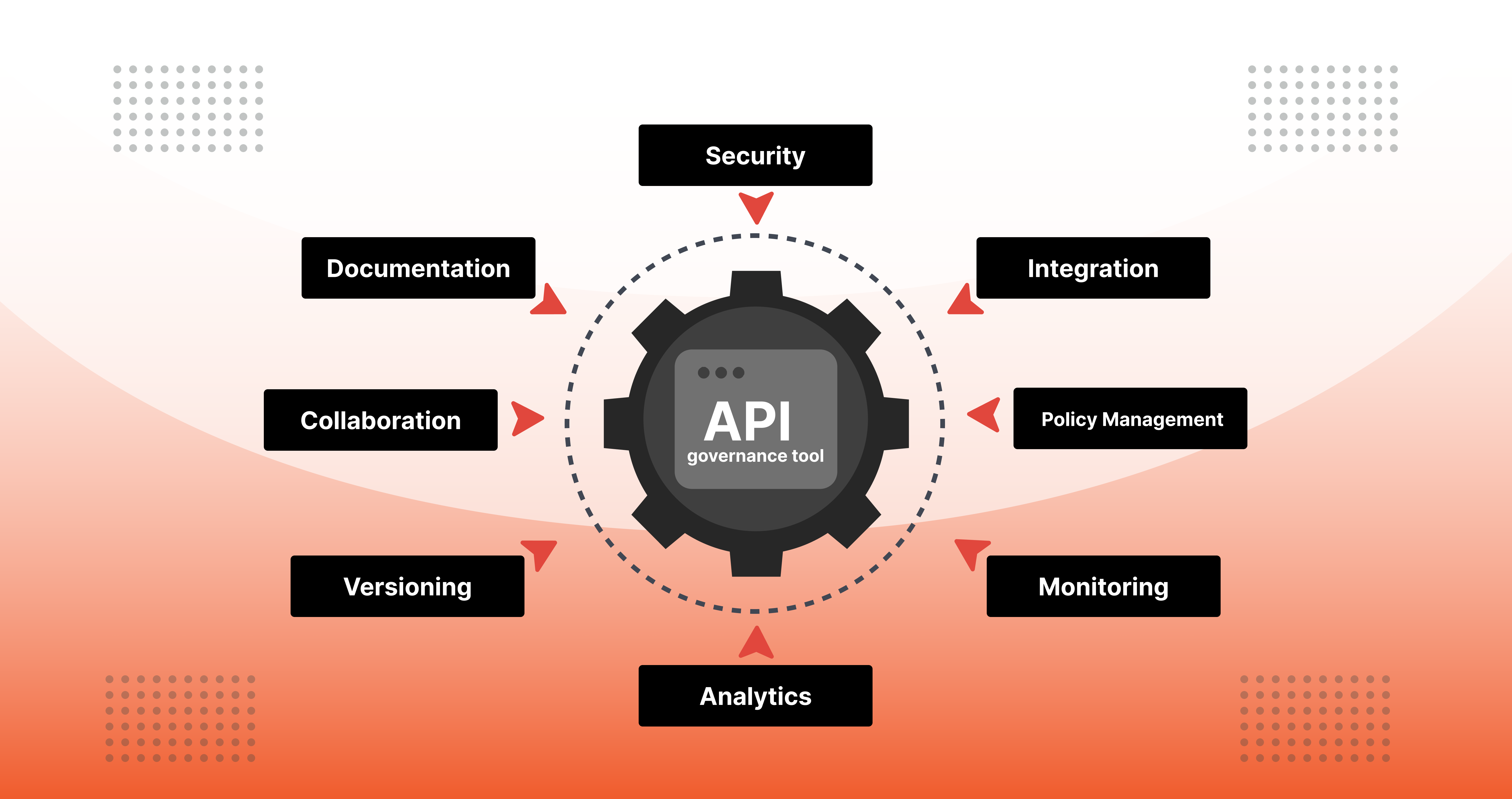

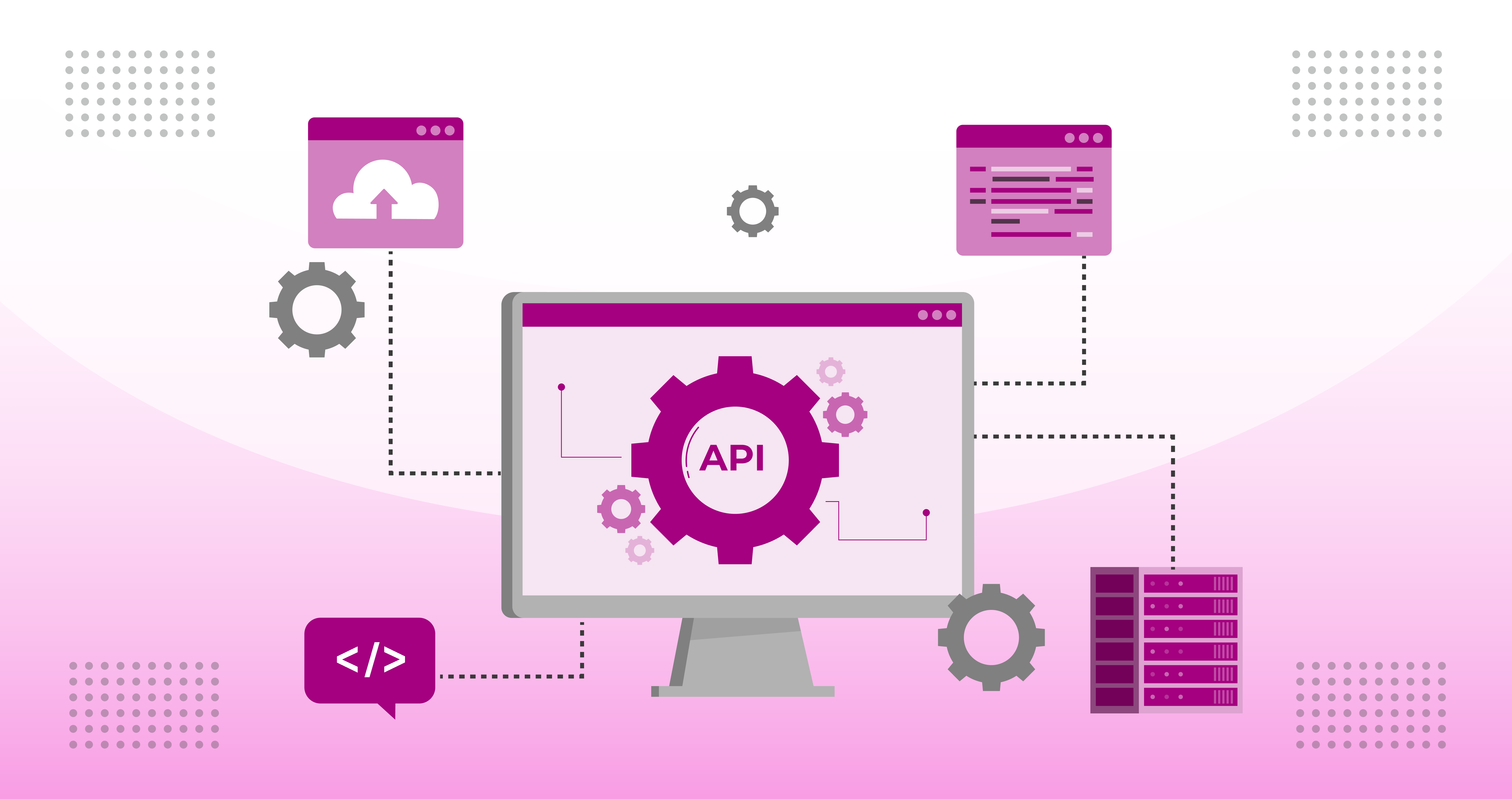

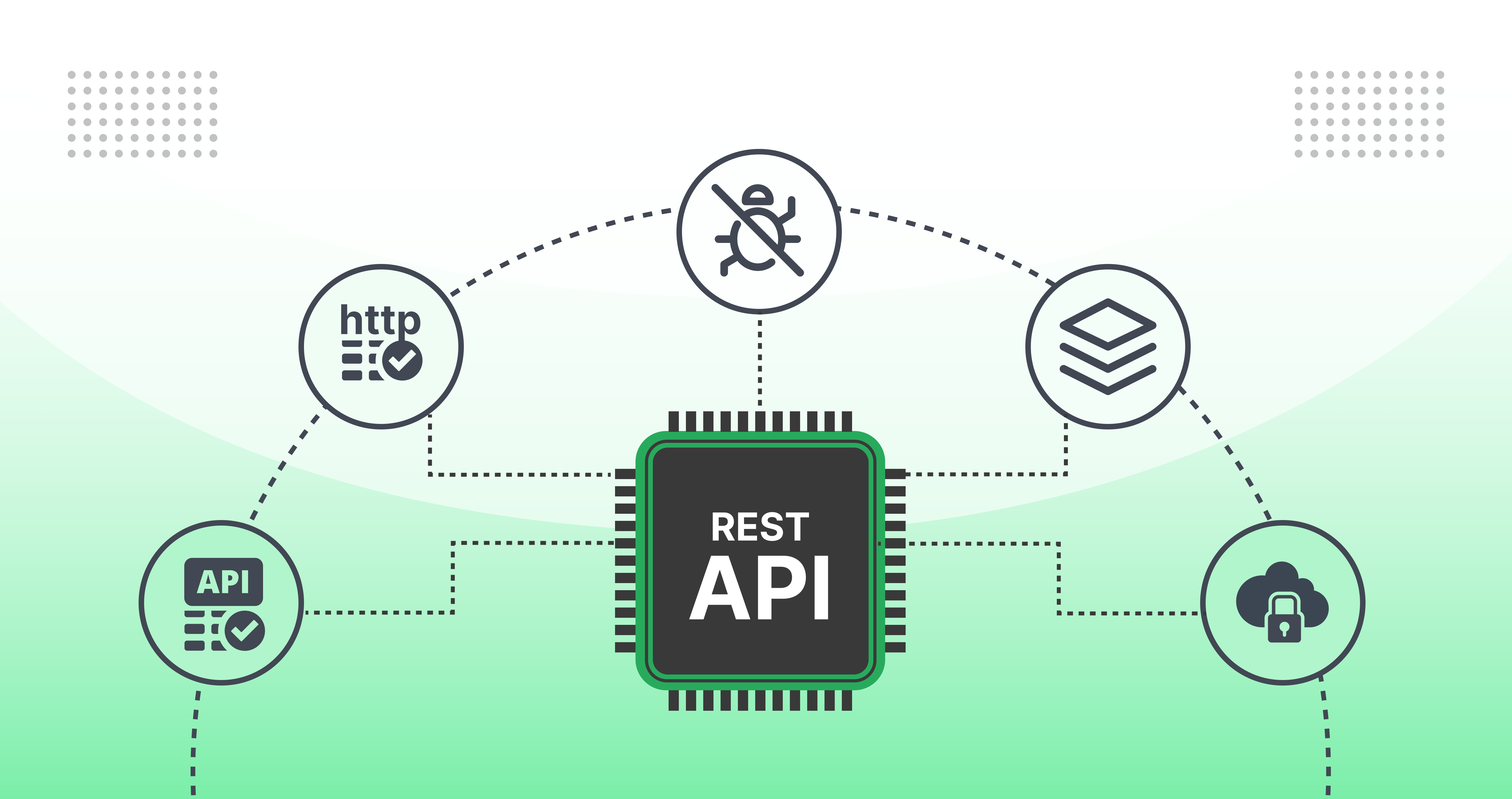

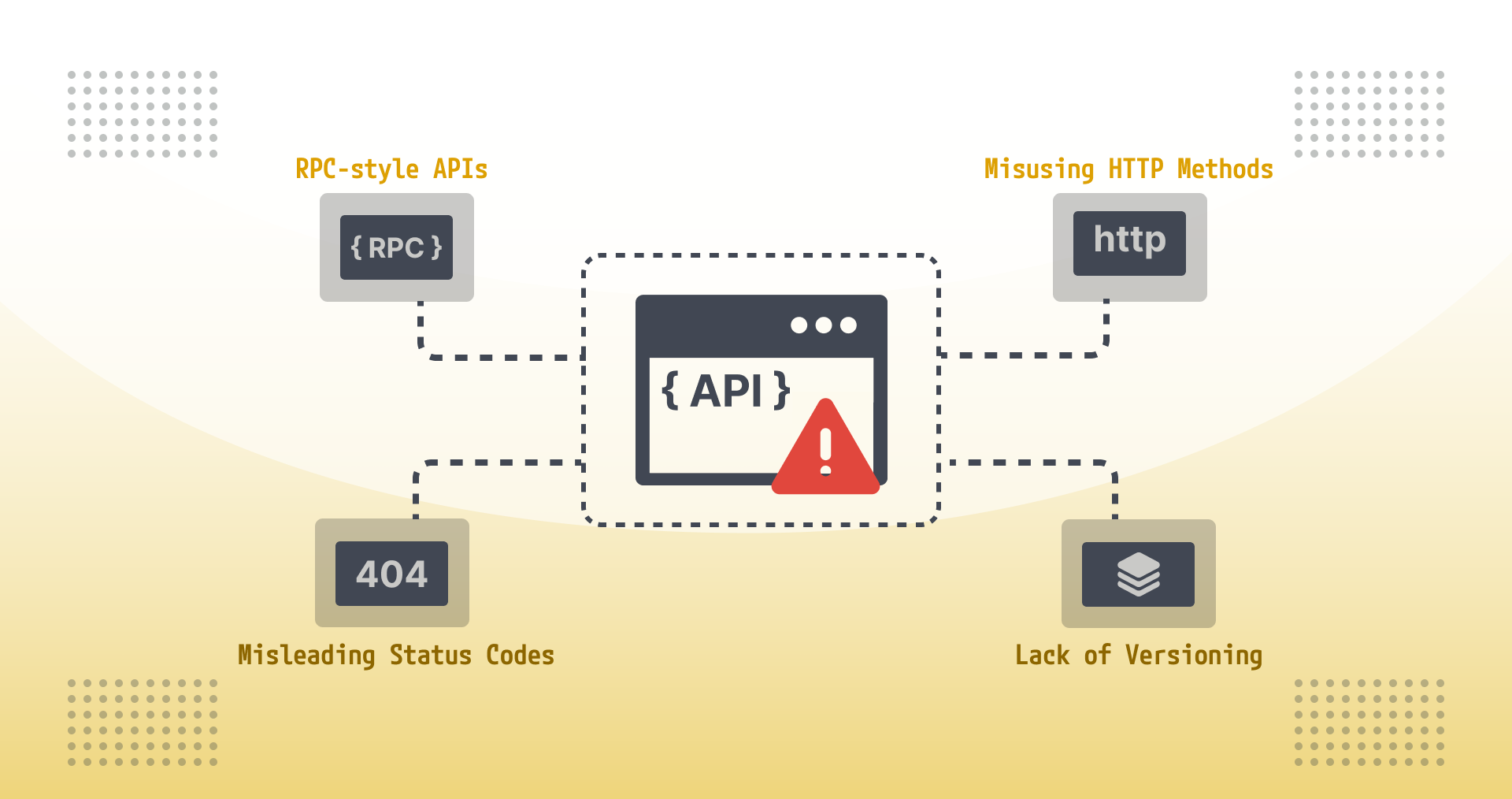



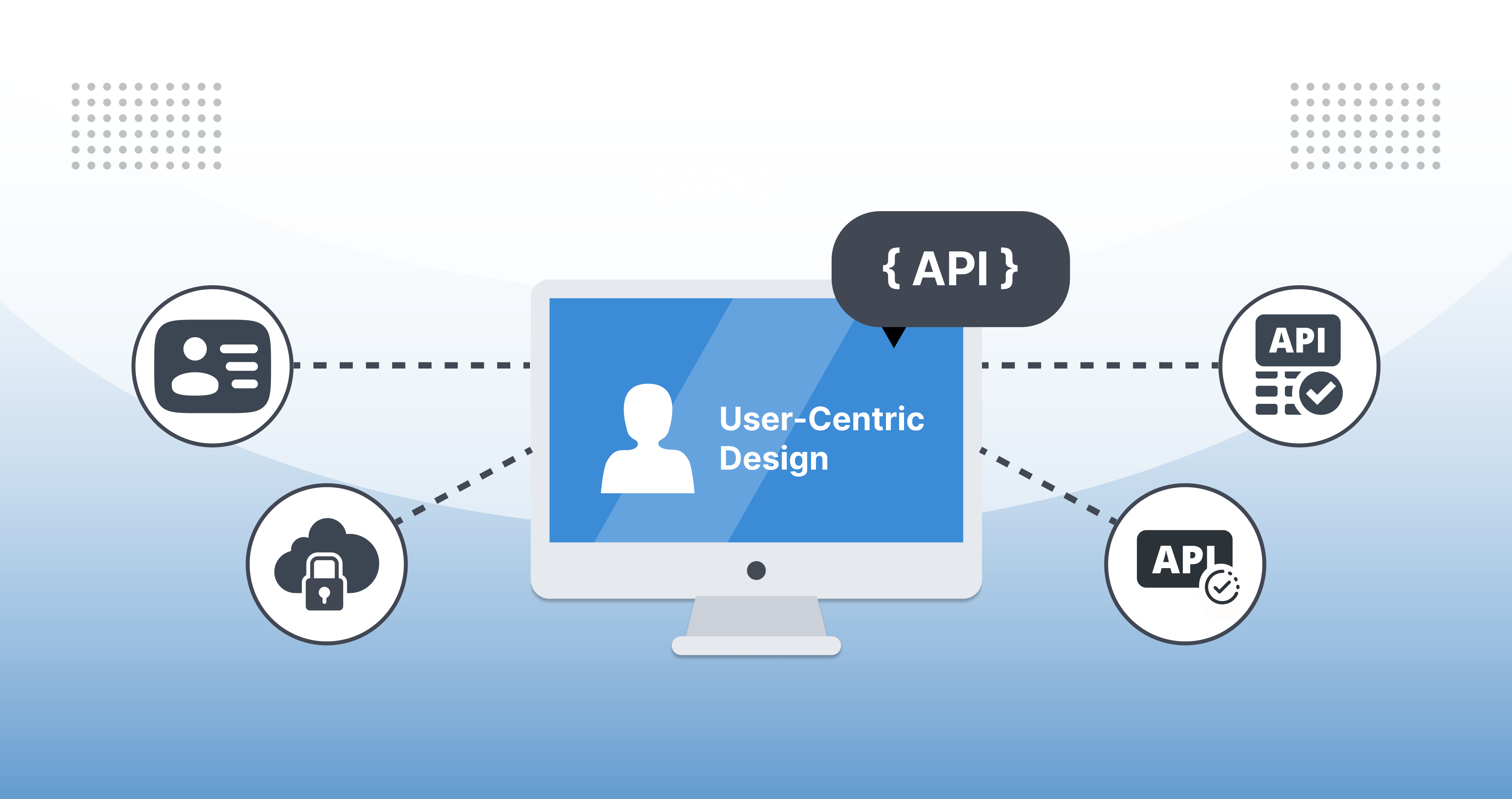
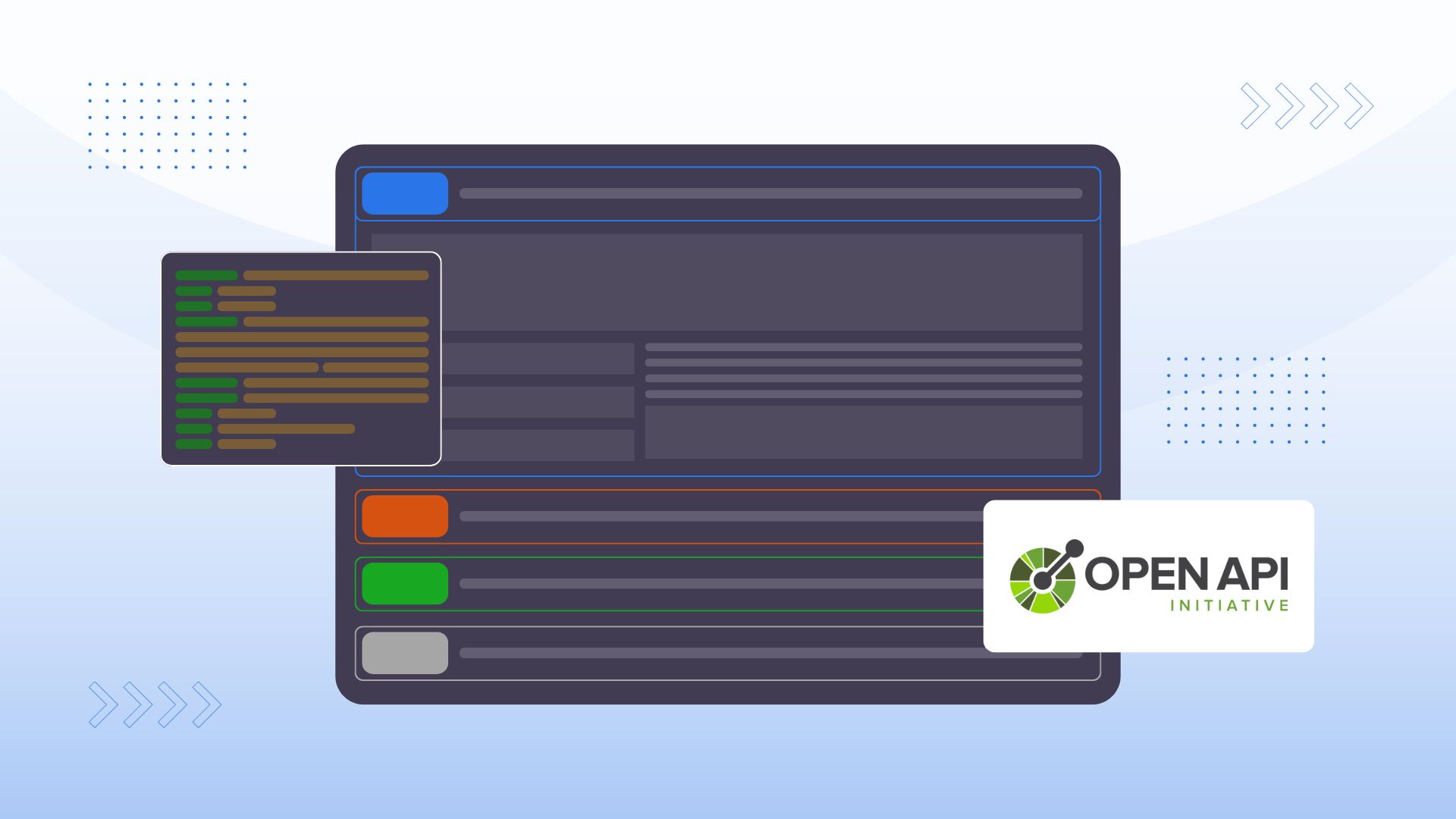
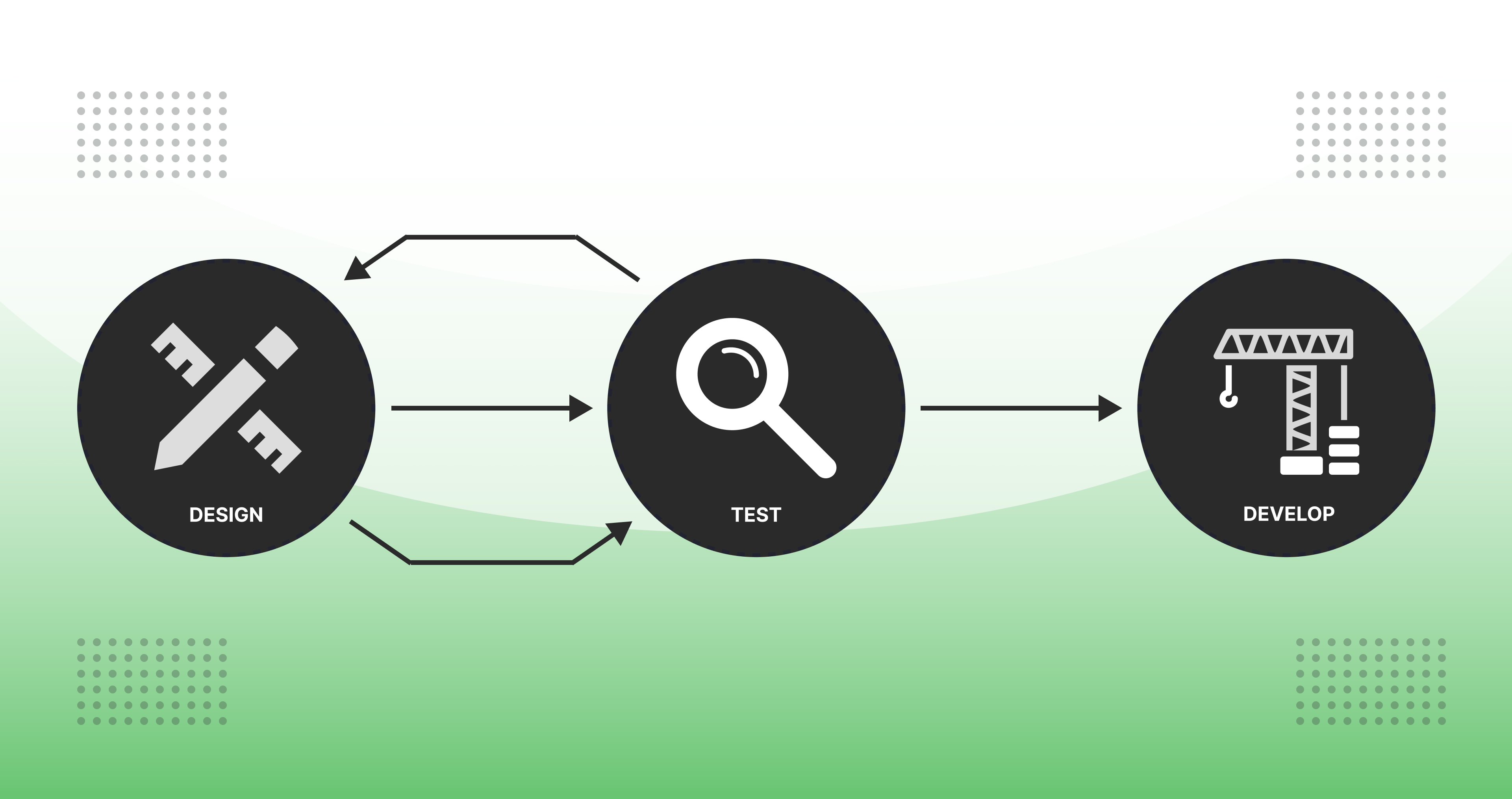
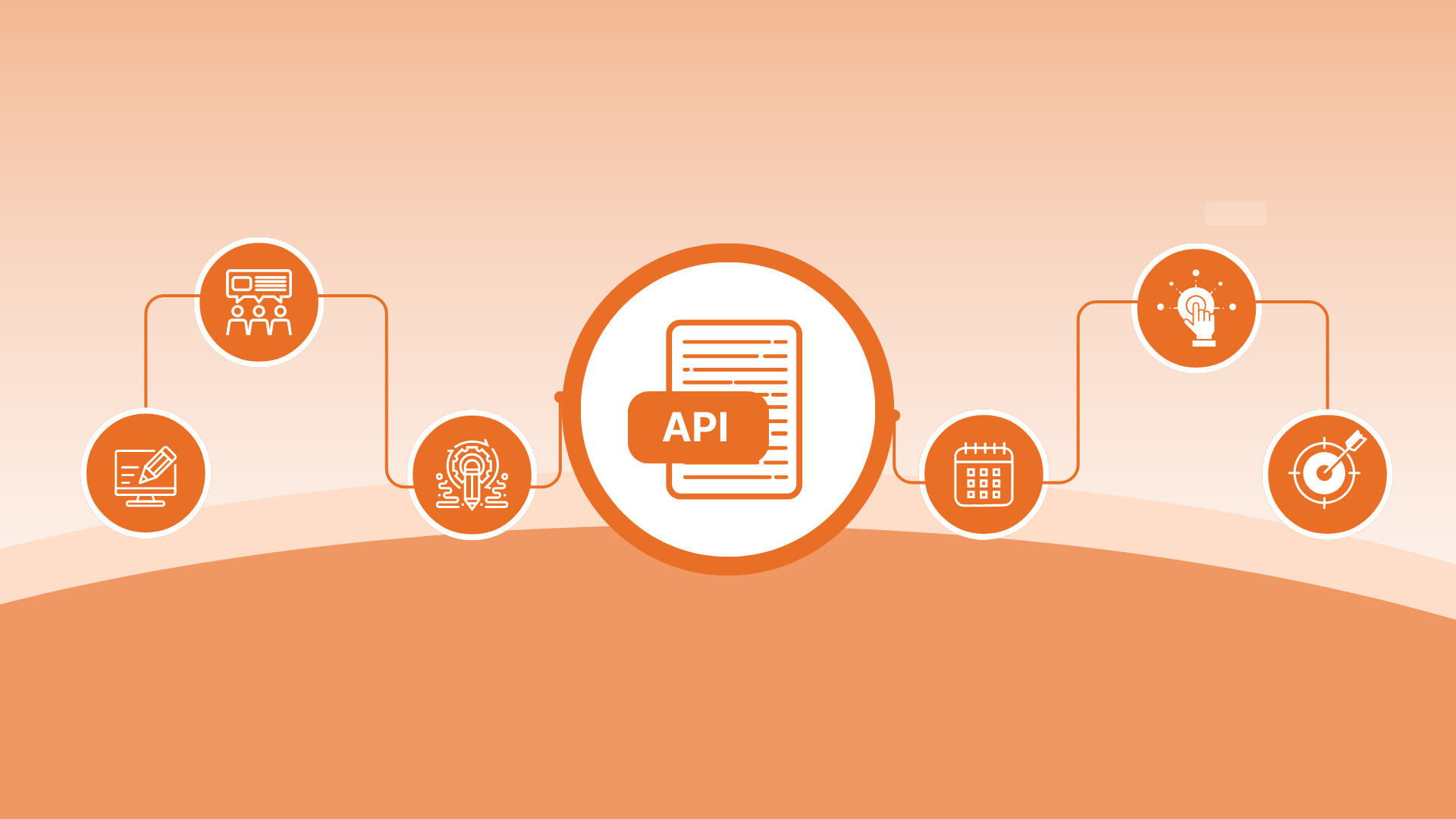
.jpg)
